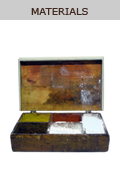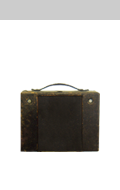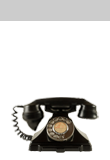|
The research I have conducted into materials such as linseed oil, natural resins (shellac, sandarac), and waxes for polishing or the treatment of woodworm in anoxic environments has led to a completely eco-friendly approach that fully respects the characteristics of the furniture and fittings.
Shellac is the substance applied to wood in French polishing. It is an organic resin secreted by a small insect of the cochineal family found in and around the Indian subcontinent.
To protect itself the insect produces a reddish, resinous substance, ‘lac’, with which to create a shell. The raw material from which shellac is obtained is called sticklac.
Originally lac was refined to produce a red dye. The first document in which it is mentioned as a dye is On the Nature of Animals by Claudius Aelianus (circa 170-235 A.D.).
The dye remained a valuable merchandise until the middle of the 19th century when the Englsih chemist Perkins synthesized aniline, the first ever artificial colouring.
In 1590 there were already testimonies about the use of shellac as a wood varnish in a work by an English writer. The text describes how Indian lathe workers producing furnishings and fittings for the home used the thermoplastic properties of the resin to polish and protect these items. Although it has been used in the west since 1600 (it was used by Stradivarius), the use of shellac as varnish for furniture was not widely used until the 19th century when it almost completely replaced the other methods using wax or oils. It was the most widely-used finish until the 1920s and 30s when it was substituted by synthetic varnish based on nitroglycerine.
Shellac gives to the surface a particular kind of shine that is dry and velvety to the touch and brings out the grain of the wood to produce a pleasing aesthetic effect.
Shellac is also used in the food industry to make sweets, coffee beans and chocolate shiny (it is classified as E904).
Oranges, lemons and apples are polished with shellac to prevent deterioration after harvesting, to protect them from damp and to provide them with a natural form of antiseptic.
|











